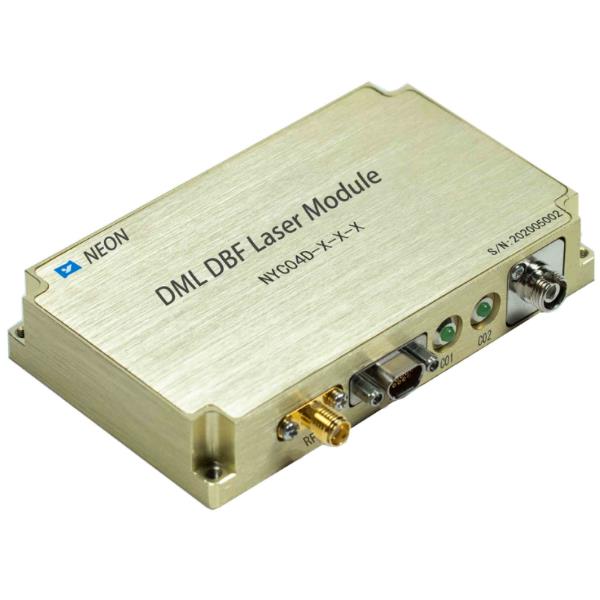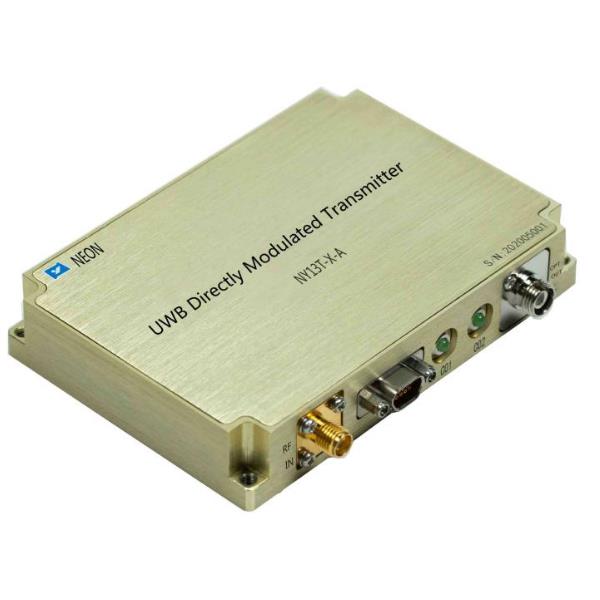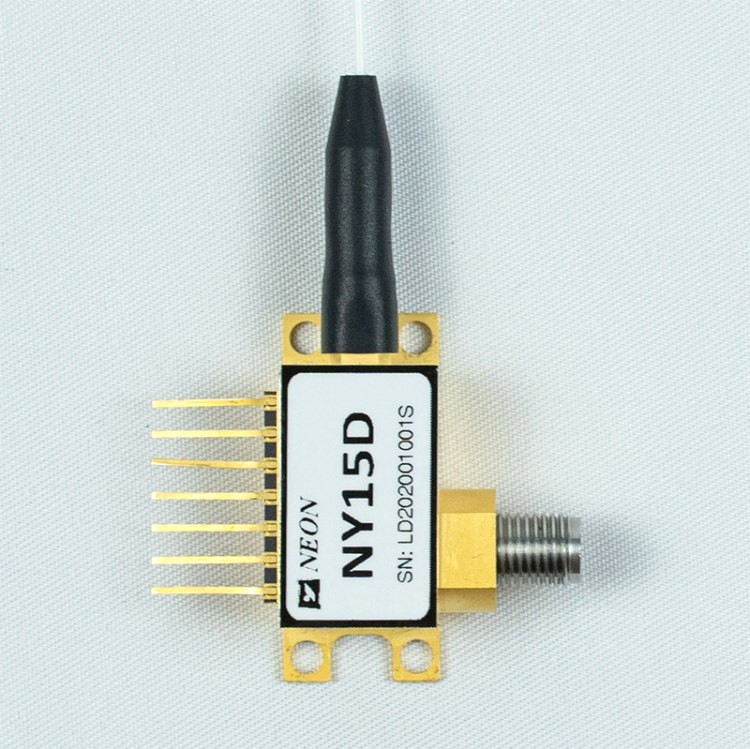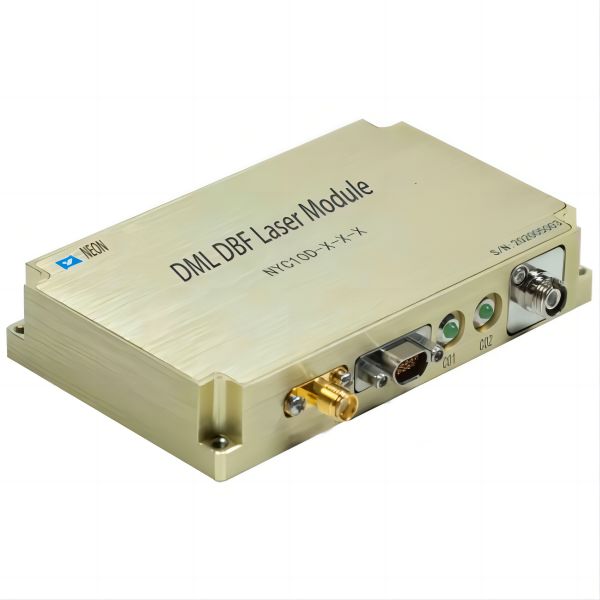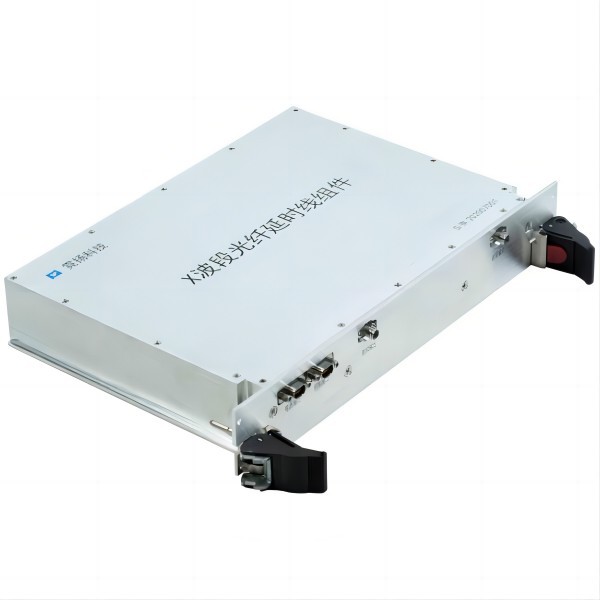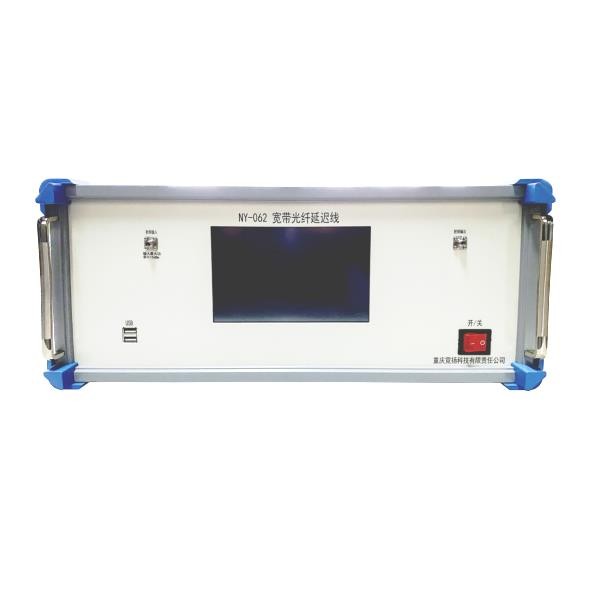The Structure and Performance of Fiber Laser Diodes: A Compact and Efficient Laser Source
Fiber Laser Diodes are a type of laser that has gained increasing popularity in recent years due to their unique combination of compactness, high efficiency, and excellent beam quality. They use an optical fiber as the gain medium for laser amplification, which is different from traditional bulk lasers that use solid or gas media. The device consists of three main components: a semiconductor diode chip, an optical fiber, and a protective casing. These components work together to produce a high-quality laser beam that is suitable for a wide range of applications.
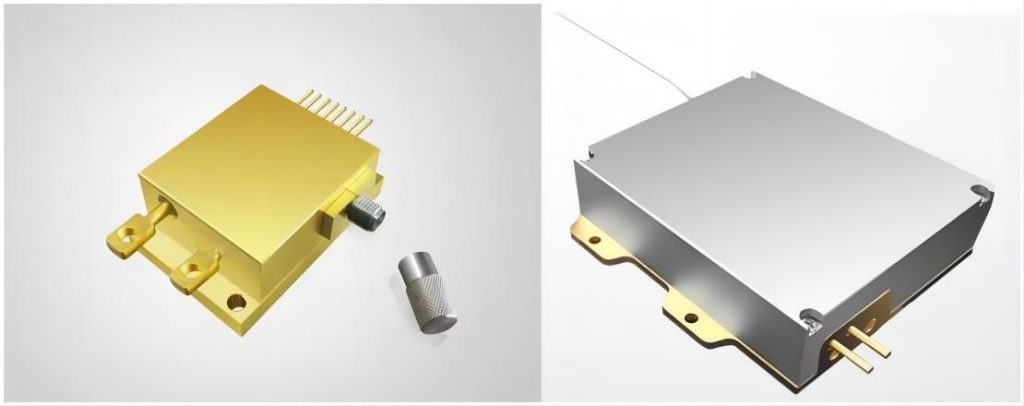
The Structure and Performance of Fiber Laser Diodes are as follows:
The semiconductor diode chip is the heart of the device and is responsible for converting electrical energy into light. The chip is typically made of a semiconductor material such as GaAs or InGaAs and is designed to emit light in a narrow wavelength range. The performance of the semiconductor diode chip is affected by various factors such as temperature, current, and material quality.
The optical fiber is the medium through which the laser light propagates. It is typically made of a material such as silica or fluoride and is designed to guide the light with minimal loss and dispersion. The performance of the optical fiber is affected by various factors such as diameter, numerical aperture, and material quality.
The protective casing provides mechanical support and environmental protection for the fiber and diode. It is typically made of a material such as aluminum or stainless steel and is designed to protect delicate components from external damage and contamination.
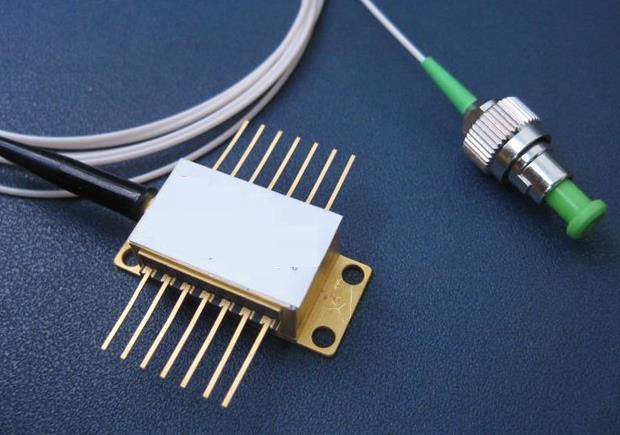
The design of the Fiber Laser Diode is optimized for several reasons.
- Firstly, the compactness of the device is important for applications where space is limited. The use of fiber as the gain medium allows for a very compact laser source compared to traditional bulk lasers.
- Secondly, the use of a semiconductor diode chip results in high electrical-to-optical conversion efficiency, which means that a large proportion of the electrical power is converted into laser light. The diode chip can convert up to 80% of the electrical energy into laser light, making it an energy-efficient solution.
- Thirdly, the optical fiber is designed to guide the light with minimal loss and dispersion, resulting in a high-quality laser beam with low divergence. This is because the fiber is made of a high-purity material with a low refractive index, which reduces the loss of light due to scattering and absorption.
- Fourthly, the semiconductor diode chip is designed to emit light in a narrow wavelength range, which is ideal for applications that require precise spectral characteristics.
- Lastly, the protective casing provides mechanical support and environmental protection, which helps to ensure the long-term reliability of the device.
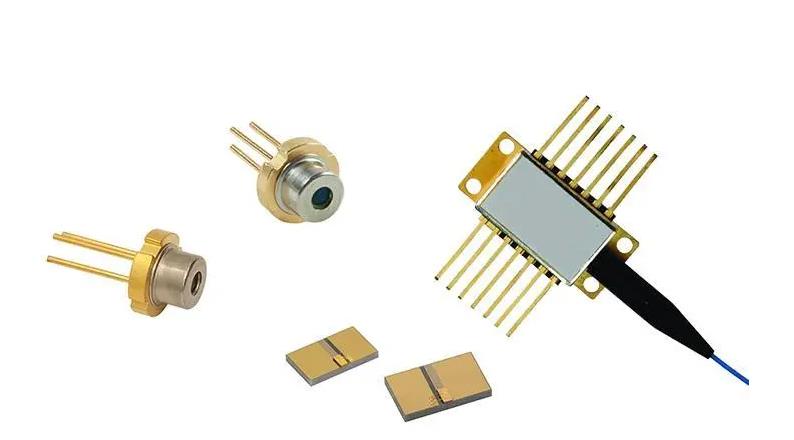
Fiber Laser Diodes have a wide range of applications in various fields such as telecommunications, materials processing, medical devices, and scientific research.
- In telecommunications, Fiber Laser Diodes are used for high-speed data transmission over long distances. The narrow linewidth and high beam quality of the laser make it possible to transmit data over hundreds of kilometers without signal degradation. In materials processing, Fiber Laser Diodes are used for cutting, welding, and drilling of various materials such as metals, plastics, and ceramics. The high power density of the laser beam allows for precise and efficient material removal.
- In medical devices, Fiber Laser Diodes are used for various procedures such as skin resurfacing, hair removal, and tattoo removal. The precision and versatility of the laser make it an ideal tool for cosmetic and surgical procedures.
- In scientific research, Fiber Laser Diodes are used for spectroscopy, metrology, and microscopy. The narrow linewidth and precise spectral characteristics of the laser make it an ideal tool for studying the properties of materials and molecules.
In conclusion, the structure and performance of Fiber Laser Diodes are optimized for high performance, reliability, and compactness. The combination of a semiconductor diode chip, optical fiber, and protective casing results in a device that is ideal for a wide range of applications. The design of Fiber Laser Diodes has revolutionized the laser industry, providing a compact, efficient, and reliable source of laser light for various applications, and it is expected that their usage will continue to grow in the future.


